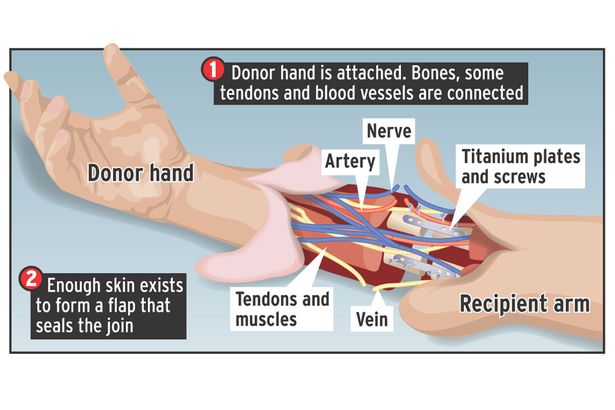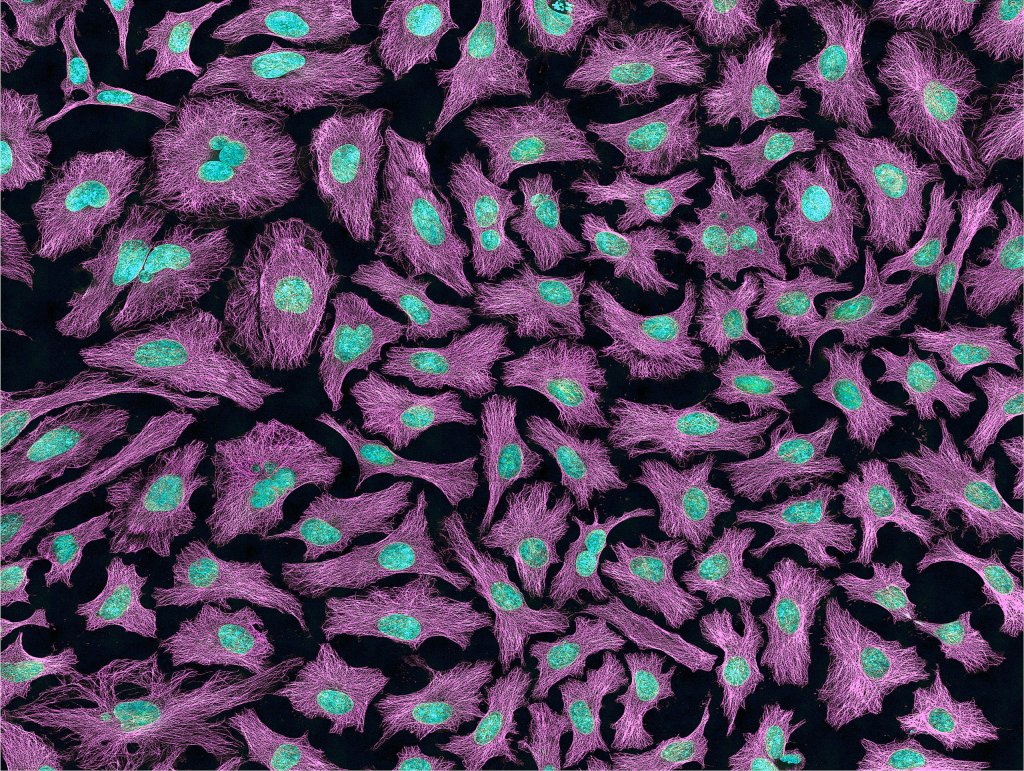Ethics in the sciences has always been something that I have been interested in. During our first lecture, we watched a clip from a professor of research saying that he thought ethics was nonsense. The idea that scientists weren’t willing to look at and understand the ethical implications of their work surprised me.
Learning about how over many years philosophers have viewed and explained ethics in such different ways and how in each theory there are flaws. So how do we know what the right theory is? I ponder this question and decide to investigate how ethics are used in decision-making around the allocation of medical devices. How does a medical professional decide who gets what? A specific example of this was the allocation of ventilators during the Covid-19 pandemic. Ventilators are machines, known as artificial lungs, that pump air into the lung. This occurs in a normal breathing pattern allowing for inhalation and exhalation of air. How a ventilator works is demonstrated in the video below. They are used when a person cannot do this themselves. Ventilators are expensive, with the average price being £18,300, and require a high level of training to operate.
The nature of the pandemic meant that there was a huge strain on medical services globally and all the companies developing devices that could be used to help treat this disease. One of the major devices that could be used to help people who were very sick with Covid-19 was a ventilator. Before the pandemic, the NHS had 7,400 mechanical ventilators with models showing that they would need up to 90,000 beds with ventilators to be able to treat the expected number of patients just for Covid-19. This number did not include any other illnesses that might require ventilators, such as accidents, strokes, or flu. With this huge difference between the number of ventilators available and the expected amount of patients needed the decision of who gets them was put onto the doctors.
When I think about having to make these decisions it seems overwhelming and a big responsibility. To try to understand more about how these decisions are made by doctors I spoke to a friend of mine who is a doctor at Plymouth Hospital. We spoke about how decisions are made around treatments for patients. It was interesting to hear the way he spoke about how they take a holistic view of each patient. Asking questions like, how likely are they to survive? What will their quality of life be like after the treatment? And very basic questions such as can they walk up and down stairs, cook for themselves or do the shopping? To get an overview of the patient’s lifestyle before making these decisions. After talking about this it made me understand that to trained medical professionals these decisions weren’t as daunting, they were part of everyday working life. In saying it was clear that if there was an alternative to having to make these decisions that would’ve been better.
During the pandemic engineering researchers at the University of Canterbury, New Zealand alongside medical professionals in New Zealand, Belgium, and Malaysia designed an adaptation to a ventilator that would double the capacity, allowing two patients to be treated by one ventilator. Demonstrated in the video below. This ventilator works in series so the amount of air doesn’t half when delivering to two patients. In series means they pump at different times. A life-saving invention that would help to prevent doctors from having to make decisions about who receives the ventilator. With this technology implemented into the NHS, it would double the number of ventilators available. Going from about 30,000+ ventilators with the potential to treat 30,000 patients to 60,000 patients. This adaptation is low cost as well which also means that it is not met with the issue of expense as ventilators can be very expensive.
With the pandemic in the past and all the lessons we have learned from treatment and management at the forefront of everyone’s mind, I think that technologies like the one from the researchers at the University of Canterbury will become more common. But with this comes a whole new set of ethical questions that will need to be discussed moving forward. As learn more about science and technology I understand that ethics will always be an important part of this industry and I believe it should be a topic that is more widely discussed to ensure that ethics are upheld in all aspects of research.


This is an initially reflective and well researched blog showing how you have chosen to explore the emerging field of…
This is a good attempt at a blog, where you reflect on your recent learning at a lecture/workshop to describe…
This is a fair to good blog, reflecting on your recent learning in some of your modules. You provide a…
This is an engagingly written and reflective blog focussed in general on ethics in medicine. You might improve by citing…
This is a good and well written an presented blog on an original subject - biofilms on implants. You explain…